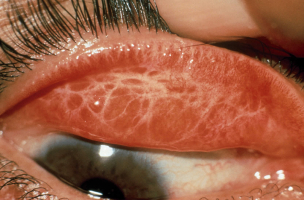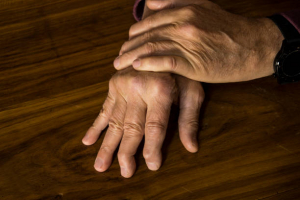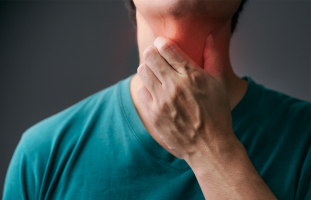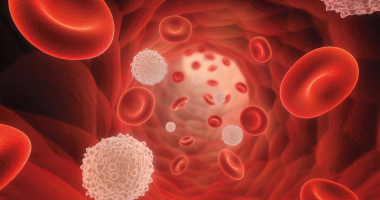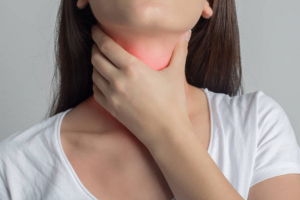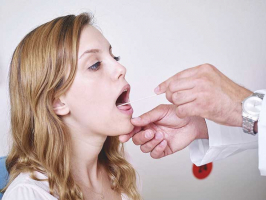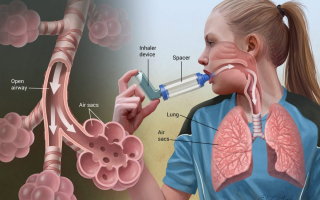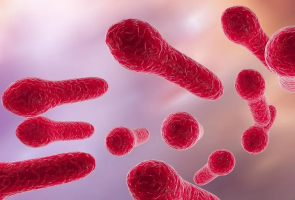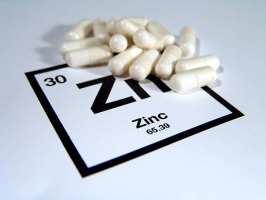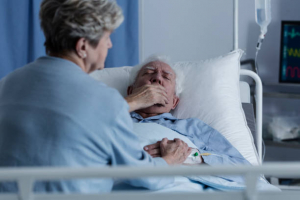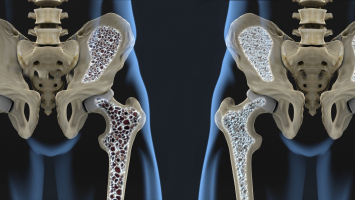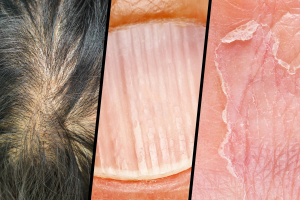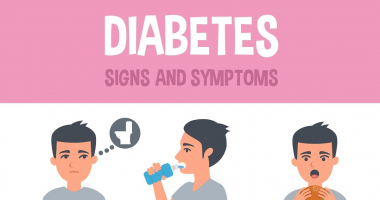Top 5 Signs and Symptoms of Cholera
Cholera is a bacterial illness that is often spread by polluted water. Cholera causes severe diarrhea and dehydration. Left untreated, cholera may be lethal ... read more...within hours, even in previously healthy people. In developed nations, modern sewage and water treatment have practically eliminated cholera. The risk of a cholera pandemic is greatest when poverty, conflict, or natural calamities compel people to live in overcrowded conditions with inadequate sanitation. Let's look at the most common Cholera signs and symptoms.
-
Cholera-related diarrhea appears rapidly and can result in severe fluid loss of up to a quart (approximately 1 liter) each hour. Cholera diarrhea has a light, milky look that resembles water that has been washed with rice. Cholera is a toxin-producing single-celled bacterium. The toxin binds to ion receptors in the small intestine, causing it to release chloride ions into the lumen. This causes water to enter the colon via osmosis (since the salt content is now greater), causing diarrhea and dehydration.
While the majority of those infected have little or no symptoms, around one in ten will develop more serious symptoms. Vomiting, muscular cramps, and copious watery diarrhea are among the most significant symptoms. Without treatment, body fluid loss can result in severe dehydration and even death.

Diarrhea 
Diarrhea -
Nausea and Vomiting will develop shortly after getting the cholera virus. It may last for a long period, even if you believe there is nothing else in your system to evacuate. Nausea will hit first; this is your body's way of warning you to prepare. In the event of cholera, vomiting will almost certainly follow nausea. Severe vomiting induced by cholera can result in dehydration, generally within hours after the onset of symptoms. In extreme circumstances, cholera dehydration can result in a 10% or more loss of body weight.
Symptoms of vomiting dehydration include irritation, weariness, sunken eyes, dry mouth, excessive thirst, and dry and shriveled skin, as well as a lack of urine, low blood pressure, and an irregular pulse.

Nausea and Vomiting 
Nausea and Vomiting -
Dehydration can occur within hours of the onset of cholera symptoms and can range from moderate to severe. A 10% or more loss in body weight suggests severe dehydration. Irritability, weariness, sunken eyes, a dry mouth, intense thirst, dry and shriveled skin that is reluctant to bounce back when pressed into a fold, little or no peeing, low blood pressure, and an irregular pulse are all signs and symptoms of cholera dehydration. Dehydration can cause a fast loss of minerals in your blood that helps maintain fluid balance in your body. This is referred to as an electrolyte imbalance.
Dehydration can only result from the combination of diarrhea and vomiting. Dehydration occurs when your body does not have enough water to operate correctly and your electrolytes are imbalanced. In the case of cholera symptoms, this is due to your body releasing fluids through vomiting and diarrhea. Dehydration can cause headaches, diarrhea, and tiredness, but it can also be fatal if left untreated, as your body can just shut down in severe dehydration. It can cause shock and even death.
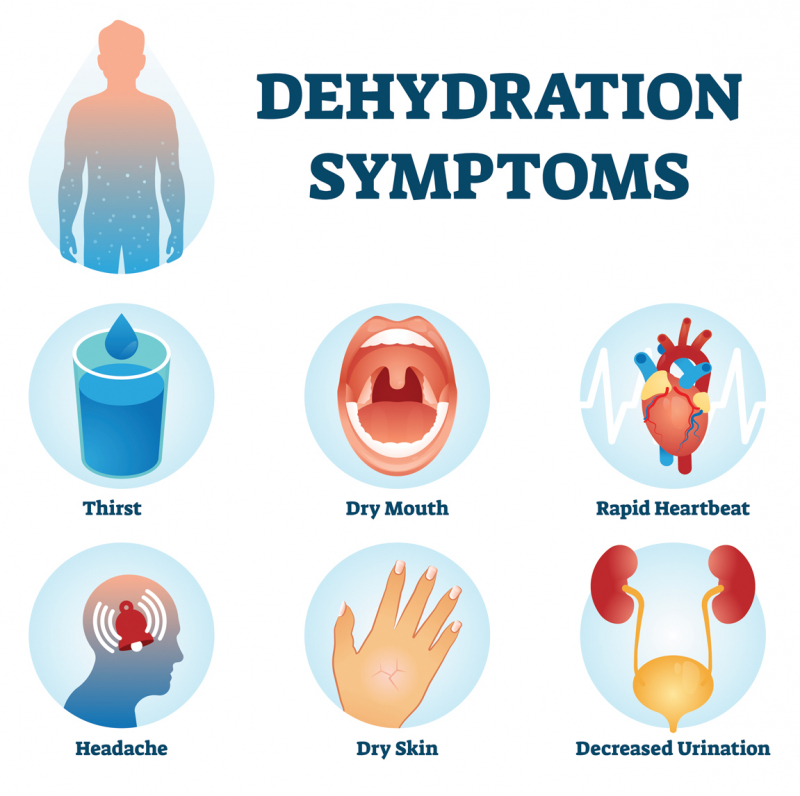
Dehydration 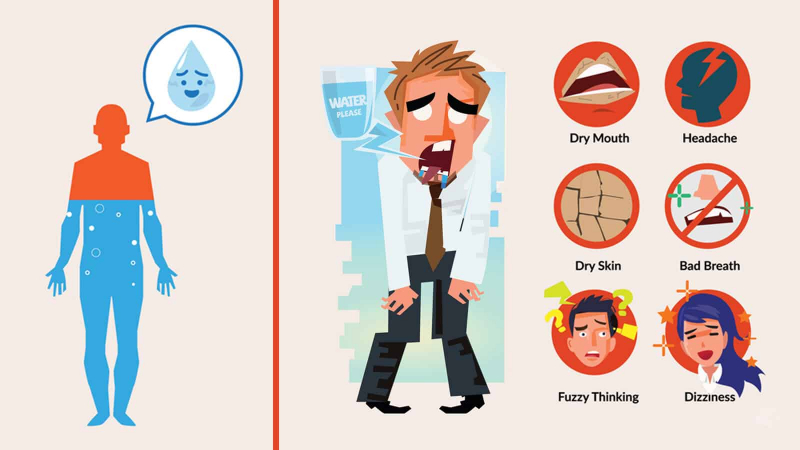
Dehydration -
The symptom of having a dry mouth and throat is frequent while combating a shortage of fluids in the body caused by cholera symptoms. Even the membranes of the nose might dry up, split, and bleed. You will also have an insatiable hunger. This is because your body needs water, and the simplest method to obtain it is to drink it.
Dry mouth, also known as xerostomia (zeer-o-STOE-me-uh), is a condition in which your salivary glands do not produce enough saliva to keep your mouth moist. Aside from the cholera symptom, Dry mouth is frequently caused by a side effect of certain drugs, age difficulties, or radiation therapy for cancer. Dry mouth is sometimes caused by a disorder that directly affects the salivary glands. Saliva prevents tooth decay by neutralizing bacterial acids, reducing bacterial development, and washing away food particles. Saliva also improves your flavor and makes it simpler to chew and swallow. Furthermore, salivary enzymes help in digestion.
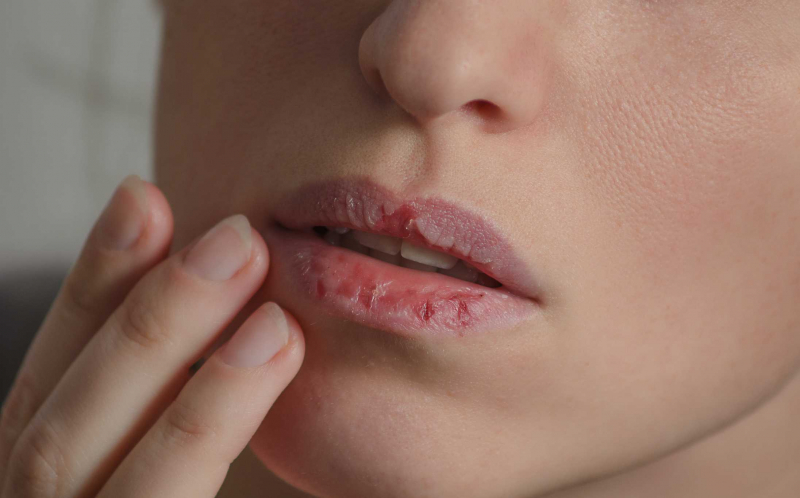
Dry Mouth and Thirst 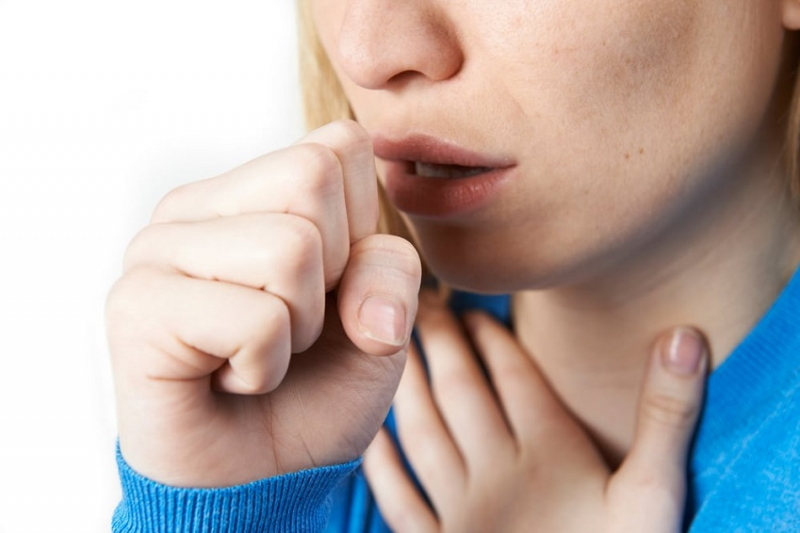
Dry Mouth and Thirst -
Hypotension is the medical term for low blood pressure. A healthy blood pressure reading is approximately 120/80; a low blood pressure reading is less than 90/60. The first number above represents the pressure in the arteries while the heart beats, and the second represents the pressure in the arteries when the heart beats while resting. Low blood pressure symptoms include lightheadedness, dizziness, and fainting. There will be a lack of focus, as well as impaired vision and weariness. Finally, nausea is a common symptom of hypertension. In very severe circumstances, low blood pressure might result in shock. Shock is a highly hazardous condition, particularly in the elderly, and it must be treated as quickly as possible.
Hypertension, or high blood pressure, is the inverse of hypotension. It is better viewed as a physiological condition rather than a disease. Severely low blood pressure can deprive the brain and other essential organs of oxygen and nutrition, resulting in shock, a potentially fatal disease. The underlying cause of shock is used to classify shock, which includes hypovolemic shock, cardiogenic shock, distributive shock, and obstructive shock.
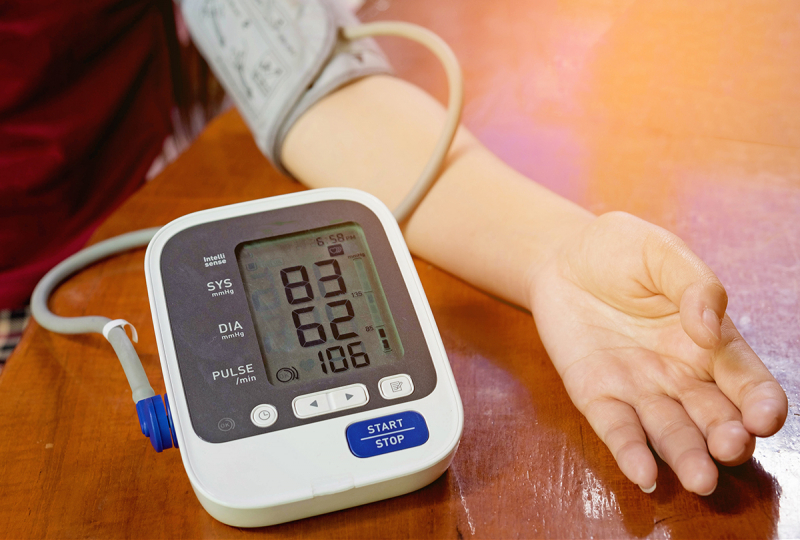
Low Blood Pressure 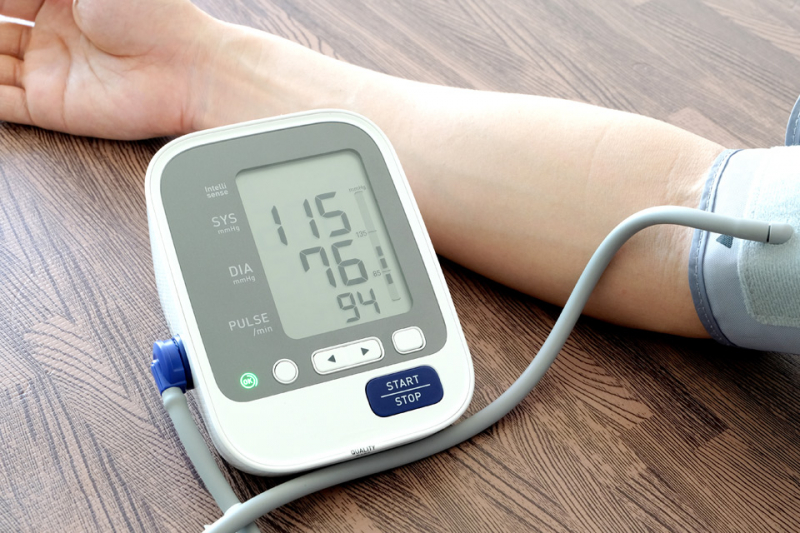
Low Blood Pressure








